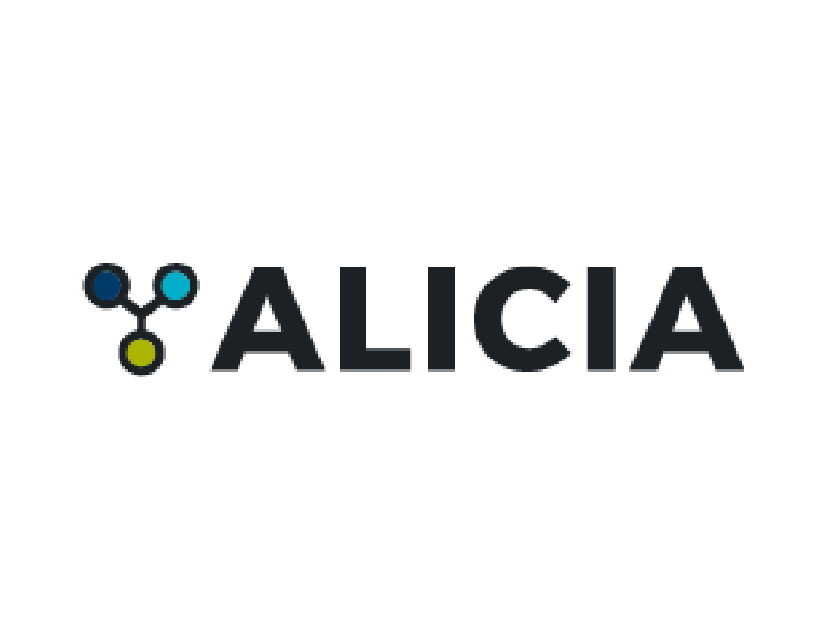Estudio de las propiedades mecánicas del adobe mejorado con fibra de pet en la región de Lambayeque
Resumen
El objetivo de esta investigación fue evaluar el efecto de la adición de fibras de tereftalato
de polietileno (PET) sobre las propiedades mecánicas de las unidades de Adobe. El estudio se
realizó mediante ensayos de compresión y flexión de adobe y ensayos de compresión de muros
con tres mezclas: adobe tradicional con adición de paja, adobe con 0.5% de fibra PET y adobe con
1% de fibra PET. Se fabricaron 180 unidades de adobe para hacer todas las pruebas, cada prueba
tuvo 4 réplicas de cada tipo de adobe, asegurando la confiabilidad de los resultados.
Adicionalmente, se gestionó un ensayo de tracción de las fibras de PET recicladas de botellas
plásticas utilizadas en las mezclas para ver el comportamiento y determinar si la inclusión de fibra
de PET genera un efecto positivo o negativo en la resistencia y deformabilidad del material.
Los resultados de esta investigación arrojan resultados positivos indicándonos mejoras en
el ensayo de compresión de unidades de adobe un promedio del 9% en adobes con 0.5% de fibra
de pet, 17% en adobes con 1% de fibra de pet. En el ensayo a flexión de unidades de adobe una
mejora promedio del 7% en adobes con 0.5% de fibra de pet, 16% en adobes con 1% de fibra de
pet y en el ensayo a compresión de muretes de adobe una mejora promedio del 5% en adobes con
0.5% de fibra de pet, 10% en adobes con 1% de fibra de pet.
En el ensayo de tracción realizado sobre dos probetas de fibra de PET, se sometió a carga
axial ambas muestras con el objetivo de determinar su máxima resistencia y comportamiento bajo
fuerzas a tracción, durante las pruebas se observó que ninguna de las 2 probetas de pet alcanzo el
punto de rotura. En conclusión, se determinó que la fibra de pet mejora las propiedades mecánicas. The objective of this research was to evaluate the effect of the addition of polyethylene
terephthalate (PET) fibers on the mechanical properties of Adobe units. The study was carried out
using adobe compression and bending tests and wall compression tests with three mixtures:
traditional adobe with the addition of straw, adobe with 0.5% PET fiber and adobe with 1% PET
fiber. 180 units of adobe were manufactured to carry out all the tests, each test had 4 replicas of
each type of adobe, ensuring the reliability of the results. In addition, a tensile test of recycled PET
fibers from plastic bottles used in the mixtures was carried out to see the behavior and determine
whether the inclusion of PET fiber generates a positive or negative effect on the resistance and
deformability of the material.
The results of this research show positive results indicating improvements in the
compression test of adobe units, an average of 5% in adobes with 0.5% pet fiber, 11% in adobes
with 1% pet fiber. In the flexural test of adobe units an average improvement of 9% in adobes with
0.5% pet fiber, 17% in adobes with 1% pet fiber and in the compression test of adobe walls an
average improvement of 5% in adobes with 0.5% pet fiber, 10% in adobes with 1% pet fiber.
In the tensile test carried out on two PET fiber specimens, both samples were subjected to
axial load with the objective of determining their maximum resistance and behavior under tensile
forces. During the tests it was observed that none of the 2 PET specimens reached the breaking
point. In conclusion, it was determined that the PET fiber improves the mechanical properties.
Colecciones
- Ingeniería Civil [329]







